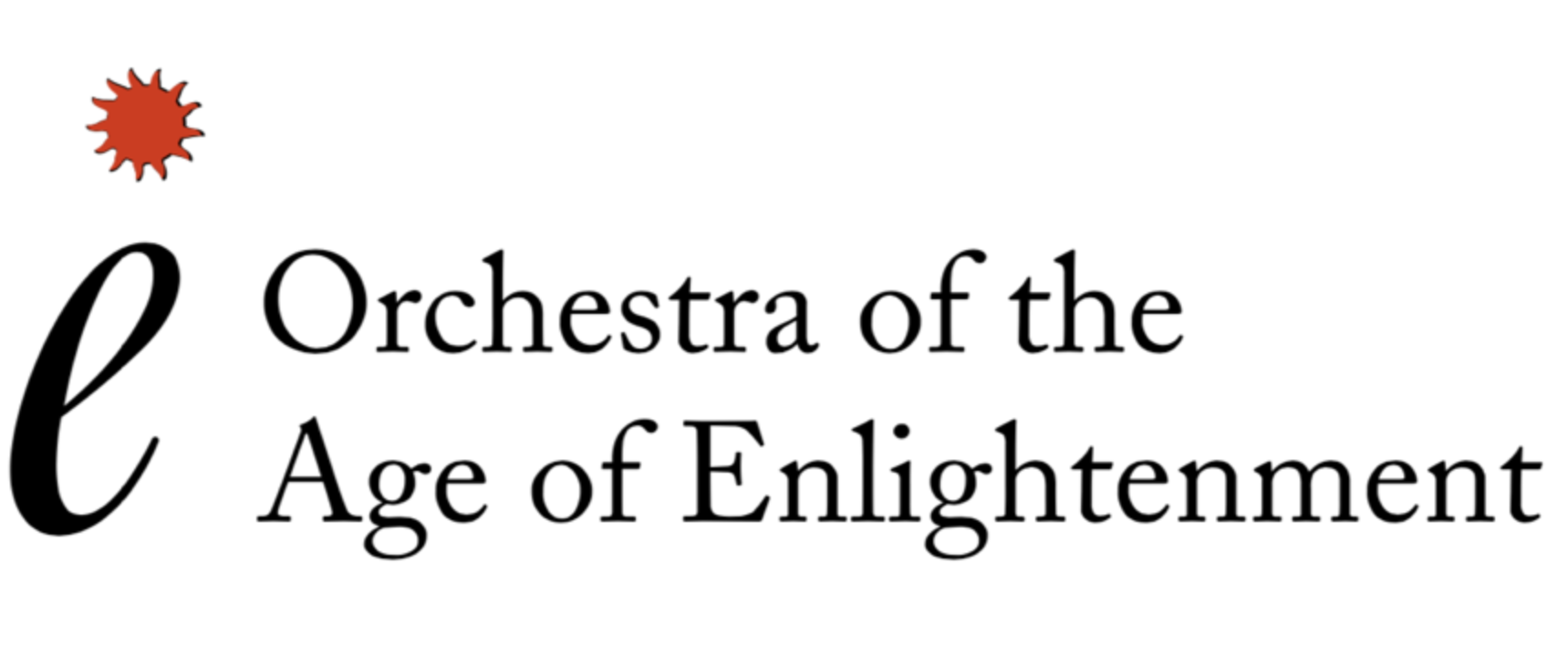Brothers on Different Paths 15 May 2023
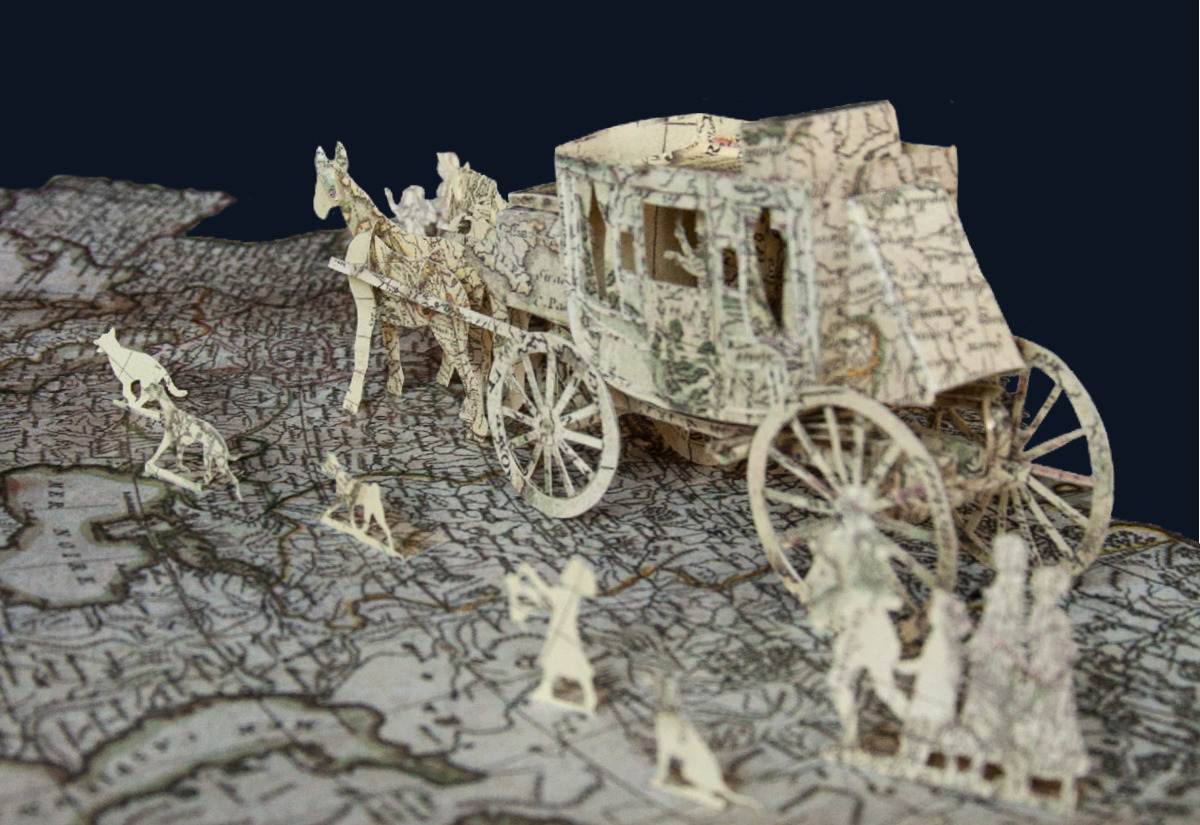
Close to London’s St Pancras International station is Old St Pancras Church and its associated graveyard. This is one of the earliest Christian sites in the capital: the building itself is a nineteenth century confection, albeit ancient in style, but the atmospheric cemetery where Thomas Hardy worked still retains its attractiveness as the largest green space in the busy area.
To your left as you enter is a tall memorial in the form of a sundial. And propped up on the ground on the left of that memorial is a faded plaque, honouring the composer Johann Christian Bach, who was buried in the churchyard on his death in 1782. His grave has long disappeared, probably a victim of the building of the Midland Railway in the nineteenth century, long before the massive Eurostar link arrived in the twentieth. But the memorial plaque remains: why is it here?
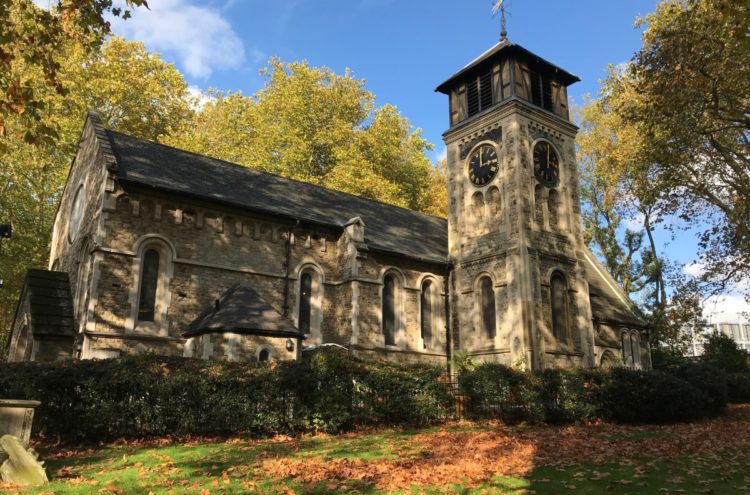
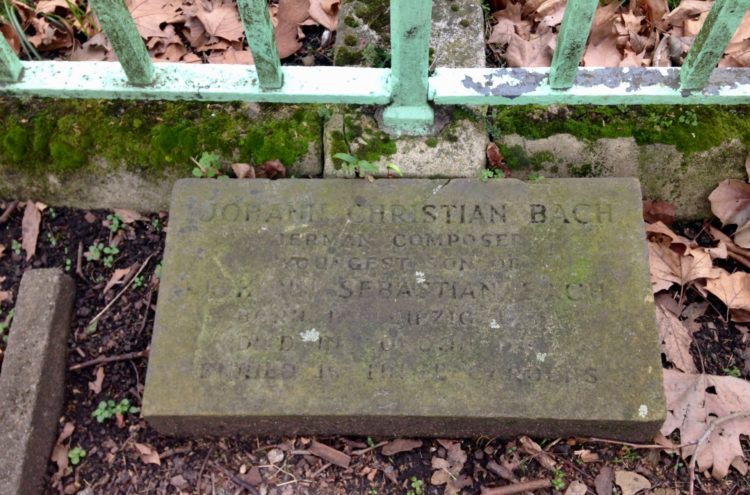
Johann Christian Bach, born in 1735 in Leipzig, the last surviving son of JS Bach and his second wife Anna Magdalena, is a leading example of how in the second half of the eighteenth century, travel and movement across Europe became a vital part of composers’ lives. We recall that Johann Sebastian himself never worked outside the small German state of Thuringia (though if legend is to be believed, he walked the 260 miles to Lübeck to hear Dietrich Buxtehude play the organ and direct his music). The Bach family, deriving from the exiled Hungarian Veit Bach, who came to Thuringia, was a tight-knit dynasty which met together annually in one or other of the local cities where they worked; they sang chorales and then folk songs, telling jokes and improvising a mixture of melodies in a quodlibet (a form which JS Bach immortalised in the last variation of his Goldberg Variations). The sense of close family identity among the Bachs of Sebastian’s generation is vivid and touching.
By contrast, Johann Christian made his career in Italy, where he became a Catholic, played the organ in Milan, and then travelled to London where he wrote operas, found favour with Queen Charlotte and entered the royal service. He met the young Mozart and had a significant influence on his emerging musical style. With the composer Carl Friedrich Abel he founded a famous (but not always financially successful) series, the Bach-Abel concerts in the Hanover Square Rooms. Just as Leopold Mozart had moved out of the centre of London to Chelsea for better air, so the ill Johann Christian moved to Paddington in the year before his death. When he died St Pancras Churchyard was the appropriate place for his grave, though contemporary reports suggest that he was soon forgotten as musical fashion changed.
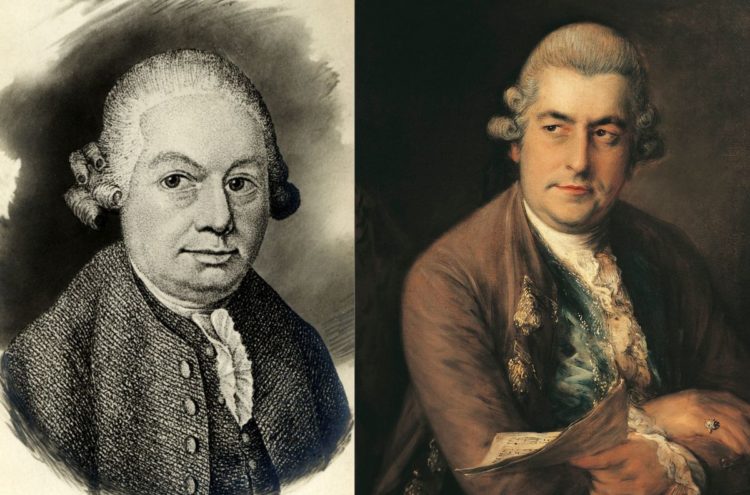
His elder half-brother Carl Philip Emanuel (who was the fifth child of JS Bach’s first wife Maria Barbara) took a different route away from the family, and worked for Frederick the Great in Berlin for some thirty years. His devotion to his father was however considerable: he brought him to visit the flute-playing monarch Frederick in the famous incident which gave rise to Sebastian’s Musical Offering. He spent a great deal of time collating the family history and wrote the Obituary of his father. There is one somewhat sarcastic note at the end of the invaluable family tree that Emanuel compiled: writing of his younger half-brother Johann Christian Bach, he says ‘among us, he has managed differently from honest old Veit!’
Was that a remark prompted by envy at J.C. Bach’s success in London, or simply a reflection on the very different ways of life that composers followed as the world changed in the eighteenth century? Another, maybe apocryphal jesting remark was made by Johann Christian about his brother: ‘He lives to compose, I compose to live’ –which highlights the ‘London Bach’s presence in the commercial marketplace. In either case, these comments point up the differences in musical style developed by these two leading members of the Bach clan which we will hear demonstrated tonight: Johann Christian, fluent, attractive, productive; Carl Philip Emanuel, sharp, passionate, provocative. Those are over-simplifications, of course, there is considerable cross-influence in their music, and the reputations of the two have fluctuated fascinatingly as their music has begun to be revived. The habitual view of the ‘serious’ writers of a previous generation was that CPE was the great original, whereas JC’s music was ‘facile and decadent’. But then the balance swung: Basil Lam once harshly wrote that CPE’s ‘paradoxes are the too-easy surprises of a style where anything may happen’. I was very struck by the comments of HC Robbins Landon, who revised CS Terry’s pioneering biography of Johann Christian in 1967, that while Emanuel’s music had ‘bursts of fantasy and even genius’, it was Johann Christian who was ‘better balanced’, ‘far more in the mainstream’ and had a greater impact on the music of the time.
Surely now, with the increasing diversification of the repertory and the abandonment of the idea of a single, right way forward for music, we can regard both of them as making a distinctive contribution to the broadening of idiom, in the fascinating melting-pot that was the music of mid-eighteenth-century Europe, as the ‘classical’ style emerged gradually and fitfully from the ‘baroque’.
Hear CPE Bach’s Symphony in F and Cello Concerto in A, with Jean-Guihen Queyras, and JC Bach’s Sinfonia concertante in B flat for violin and cello – along with Mozart’s Symphony No. 34 – in concert at the Southbank Centre on Thursday 18 May.
